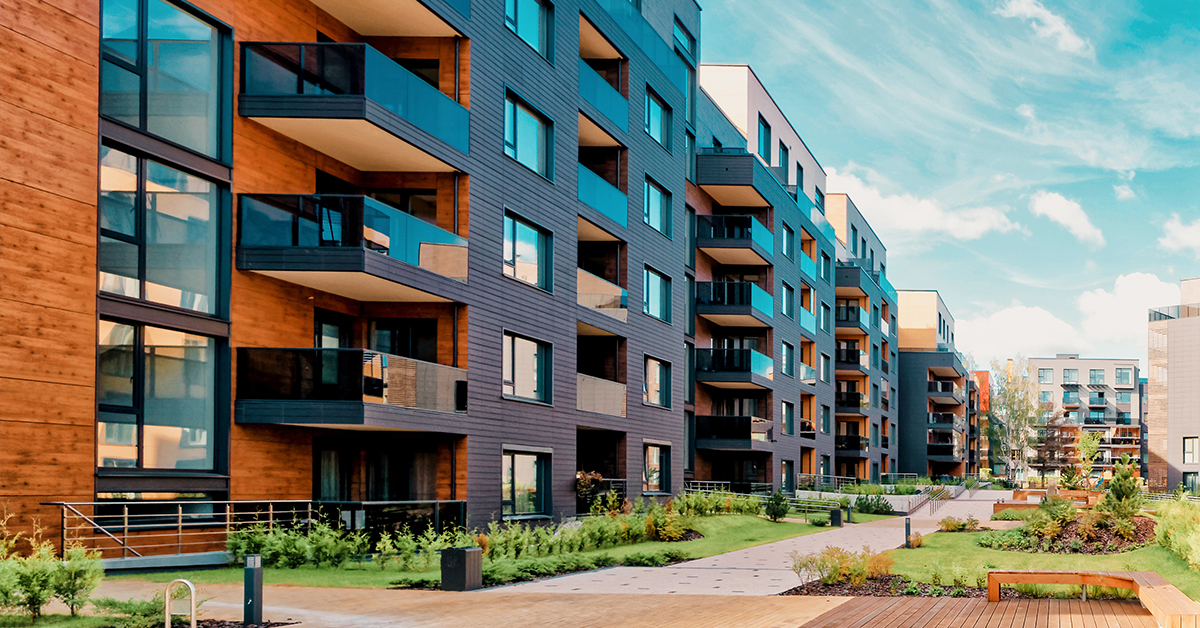Delve into the Financial Aspects of HOA Condo Living
Delve into the Financial Aspects of HOA Condo Living
Blog Article
The Role of an HOA in Developing and Enforcing Neighborhood Standards for Locals
The function of a Homeowners Association (HOA) in establishing and enforcing area guidelines is fundamental to maintaining a orderly and cohesive residential environment. By developing clear regulations that regulate elements such as building maintenance and community conduct, the HOA not only sets standards for homeowners yet likewise fosters a feeling of belonging and liability.
Comprehending Property Owners Associations
Homeowners organizations (HOAs) serve as regulating bodies for household neighborhoods, playing a critical function in preserving residential or commercial property worths and cultivating a sense of area. Normally developed by programmers, HOAs are composed of homeowners within an assigned area that elect a board to manage the association's tasks. The primary functions of an HOA consist of imposing area guidelines, taking care of typical locations, and organizing community events.
HOAs run under a collection of regulating records, including covenants, limitations, and problems (CC&R s), which describe the legal rights and responsibilities of house owners. These laws aim to make sure that homes are kept to a certain standard, thus shielding the aesthetic appeal and total value of the community. Additionally, HOAs typically gather dues from property owners to fund upkeep, landscape design, and other social work.
The visibility of an HOA can dramatically affect the living experience within a neighborhood (hoa condo). While some locals appreciate the structured atmosphere and services provided, others might locate particular regulations limiting. Stabilizing the passions of all house owners is crucial for an HOA to operate properly, ensuring that it serves its desired objective of boosting area living while appreciating private house owner legal rights
Developing Community Standards

To start, an HOA should conduct surveys or hold meetings that permit residents to voice their ideas and worries. This participatory process promotes a sense of ownership and boosts compliance. Next off, the HOA board have to analyze the feedback to identify usual motifs and top priorities that necessitate official addition in the guidelines.
It is also vital to guarantee that the standards are clear, succinct, and quickly comprehended. Ambiguities can lead to disputes and misunderstandings, threatening the purpose of the standards. Moreover, the standards ought to be detailed, covering various facets of area living, including home maintenance, sound levels, and use typical areas.
Enforcement of Policies
Reliable enforcement of neighborhood regulations is vital for maintaining order and making certain that all homeowners comply with the developed guidelines. An HOA needs to implement a structured strategy to impose these regulations, which usually involves a mix of monitoring, communication, and fines for non-compliance.
First, regular assessments and area patrols can aid recognize violations, making certain that regulations are consistently applied throughout the neighborhood. This positive check these guys out monitoring allows the HOA to resolve issues before they intensify, cultivating a sense of accountability among locals.
Second, clear interaction is important. Citizens need to be informed of the guidelines and the procedures for reporting offenses. An open line of interaction urges residents to voice issues and seek information on standards, which can boost conformity.

Last but not least, when violations take place, the HOA must enforce effects as laid out in the controling files. This might consist of alerting letters, fines, or, in severe cases, lawful activity. It is crucial that fines are used relatively and regularly to maintain trust fund within the area. By successfully implementing guidelines, an HOA can cultivate an unified living setting that shows the collective worths of its citizens.
Benefits of HOA Laws
Numerous advantages emerge from the execution of HOA laws, which offer to enhance the top quality of life within a neighborhood. One key advantage is the upkeep of home values. By implementing standards for aesthetic appeals and maintenance, HOAs make sure that homes and usual areas continue to article source be attractive, promoting a desirable living environment that can cause increased residential or commercial property values in time.
Furthermore, HOA regulations advertise uniformity and uniformity within the neighborhood. This comprehensibility in style and upkeep helps to produce a feeling of belonging among locals, adding to community pride and a positive ambience. In addition, established standards help with dispute resolution amongst neighbors by offering clear assumptions and protocols for habits, therefore minimizing conflicts.
One more substantial benefit is the provision of shared facilities and services. Numerous browse around this site HOAs handle neighborhood facilities such as clubhouses, parks, and pools, which boost entertainment possibilities for homeowners. These services not just boost the lifestyle yet likewise encourage social interaction.
Ultimately, the regulations stated by an HOA grow an efficient, harmonious community, guaranteeing that locals appreciate a high criterion of living while cultivating a helpful atmosphere for all house owners.
Typical Challenges Encountered by HOAs
Among the benefits that home owners organizations (HOAs) can offer, they additionally experience a variety of obstacles that can impede their effectiveness. One substantial problem is the lack of resident engagement. Several house owners may not take part in conferences or community tasks, resulting in a separate in between the HOA board and residents. This disengagement can cause misunderstandings concerning neighborhood standards and a lack of assistance for enforcement efforts.
Another challenge is the enforcement of policies and rules. Disputes can arise when locals feel that enforcement is inconsistent or prejudiced, possibly leading to disputes within the area. Additionally, HOAs typically deal with monetary restrictions, which can limit their capability to maintain common locations or fund area jobs. This can produce dissatisfaction among locals that anticipate high criteria of upkeep.
Moreover, navigating legal intricacies can be daunting for HOAs. Advancing and changing demographics area needs require HOAs to adapt their standards, frequently fulfilling resistance from long-standing citizens that are accustomed to conventional standards.
Conclusion

By creating clear rules that control aspects such as residential property maintenance and community conduct, the HOA not only sets requirements for homeowners but also promotes a feeling of belonging and accountability.Homeowners associations (HOAs) serve as regulating bodies for household areas, playing an important function in preserving building worths and cultivating a sense of community. Many property owners may not take part in meetings or neighborhood activities, leading to a disconnect between the HOA board and residents. Transforming demographics and advancing area needs call for HOAs to adjust their standards, commonly satisfying resistance from enduring locals that are accustomed to conventional standards. Via the growth of clear laws and regular enforcement, HOAs advertise building upkeep, neighborhood pride, and trust amongst homeowners.
Report this page